Description
Familiarity with Treatment
Subperiosteal implants are a type of dental implant that rests on top of the jawbone and under the gum tissue. Through osseointegration, they fasten to the jawbone over time, providing support for artificial teeth or dentures.
Who is it Suitable for?
Subperiosteal implants are suitable for individuals who have experienced bone loss in the jaw or have a narrow jawbone, making them unsuitable candidates for standard endosteal implants. They are advantageous for people who have damaged or narrow jawbones and require a stable support for future restorations.
Who is it Not Suitable for?
Subperiosteal implants may not be suitable for individuals with significant bone loss or those who require extensive dental reconstruction. Additionally, individuals with certain medical conditions or habits that can impair healing, such as uncontrolled diabetes, heavy smoking, or alcohol abuse, may not be suitable candidates for this procedure.
Advantages
- Bone Loss Adaptability: Subperiosteal implants can be a viable option for individuals with bone loss in the jaw, as they do not require the same level of bone support as traditional endosteal implants.
- Stability: The framework of subperiosteal implants provides a stable anchor for future restorations, such as artificial teeth or dentures, allowing for improved chewing function and aesthetics.
- Limited Impact on Adjacent Teeth: Subperiosteal implants do not require the adjacent teeth to be altered or damaged for the implant placement, making them a conservative option for tooth replacement.
Complications
- Invasive Surgery: The procedure for subperiosteal implants is more invasive than other types of implants, such as endosteal implants, which can result in more pain, an increased risk of complications, and a longer recovery time for patients.
- Risk of Infection: Since the implant is placed under the gum tissue, there is a higher risk of infection, especially if the implant becomes loose or shifts, creating a pocket for bacteria accumulation.
- Limited Placement: Subperiosteal implants are not suitable for all patients and are typically used in cases where there is not enough bone to support traditional implants.
Preoperative Care
Before undergoing subperiosteal implant placement, a comprehensive evaluation is performed by a dental professional. This may include a review of the patient’s medical history, dental examination, and imaging techniques to assess the bone density and overall oral health. Careful patient screening and selection are crucial when considering subperiosteal implants.
Postoperative Care
After subperiosteal implant placement, postoperative care may involve managing pain and discomfort, as well as following specific instructions provided by the dental professional. This may include taking prescribed medications, practicing good oral hygiene, and attending follow-up appointments to monitor the healing process. Patients should be instructed on reduced functional capability and soft dieting during the initial postoperative period to decrease the risk of overload and ensure the success of the implants.


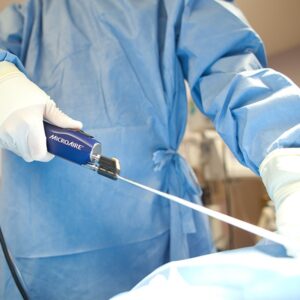

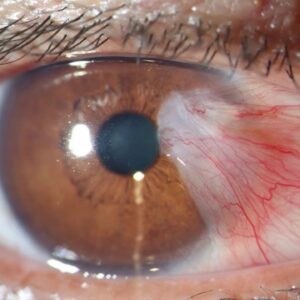
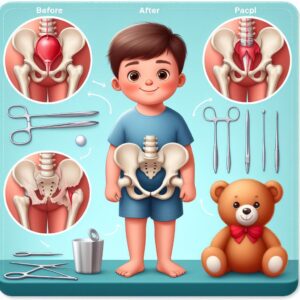
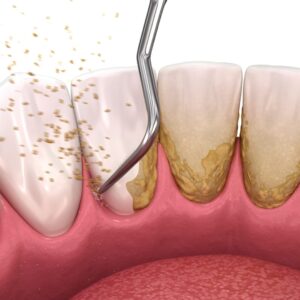
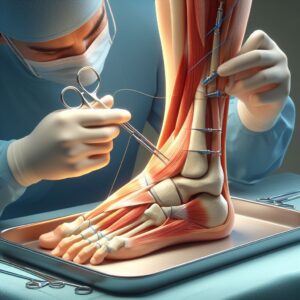
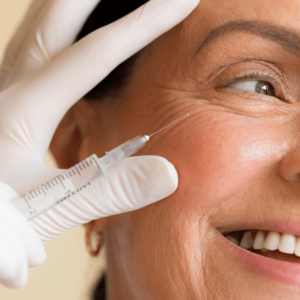

Reviews
There are no reviews yet.